Creating an eco-friendly garden is not just about beautifying your outdoor space; it’s about nurturing the environment and promoting biodiversity. Here are the 10 most crucial steps to help you create a sustainable and eco-conscious garden:
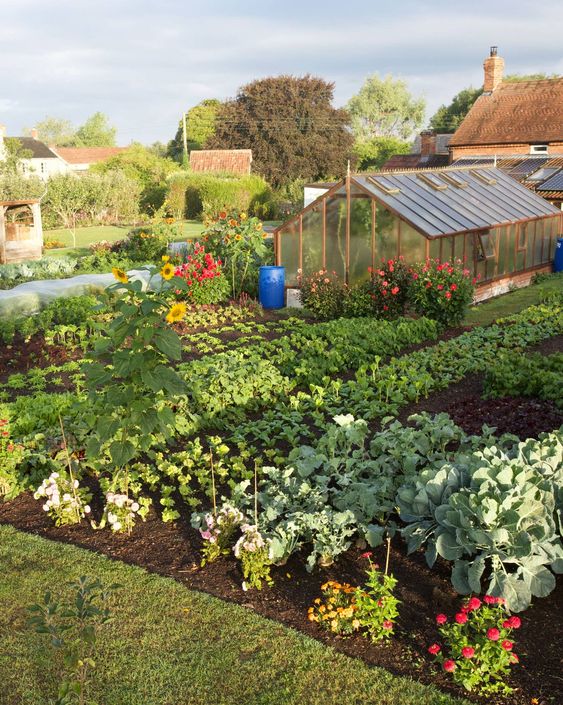
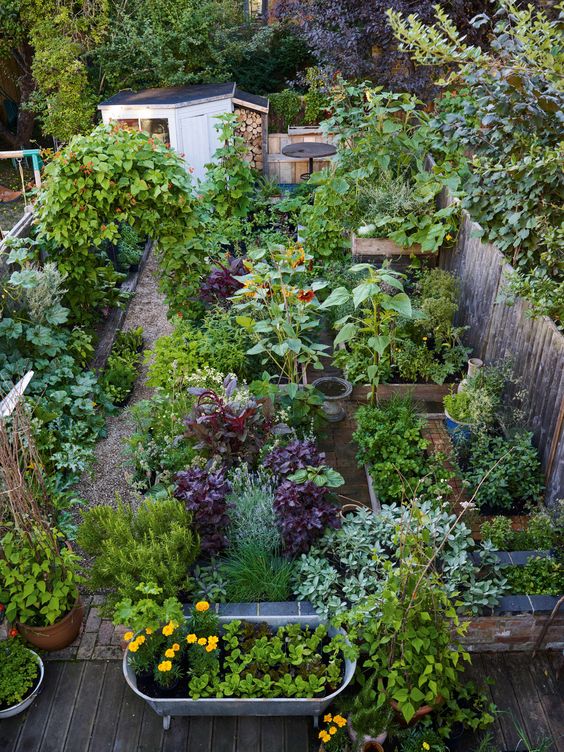
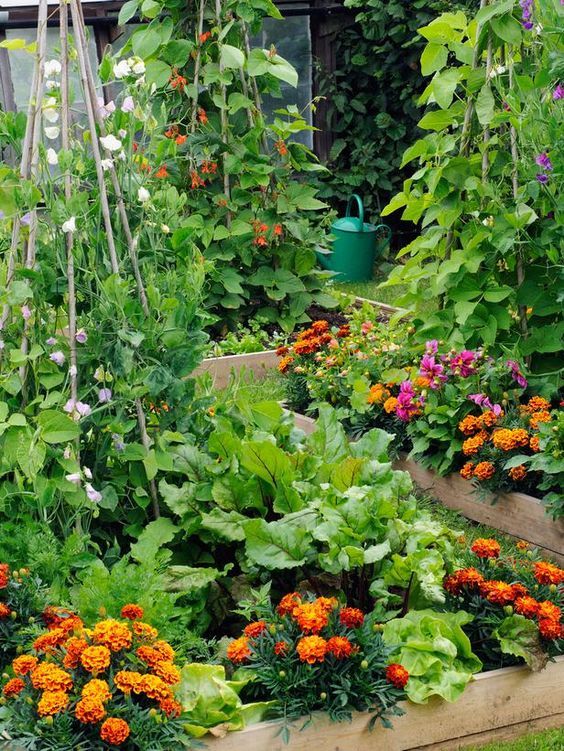
- Plan Mindfully: Start with a well-considered garden plan. Analyze your space, local climate, and soil conditions to choose the right plants.
-
Native Plants Are Key: Prioritize native plants that thrive in your region, as they require less water and maintenance, and support local wildlife.
-
Organic Soil and Compost: Use organic soil and enrich it with compost to provide essential nutrients naturally and foster healthy soil microorganisms.
-
Water Wisely: Install efficient irrigation systems like drip irrigation or rain barrels to minimize water wastage. Water your garden early in the morning or late in the evening.
-
Say No to Chemicals: Ban synthetic pesticides and herbicides from your garden. Opt for natural pest control methods and companion planting to deter unwanted insects.
-
Invite Pollinators: Plant pollinator-friendly flowers to attract bees and butterflies. They play a vital role in fertilizing plants and increasing yields.
-
Mulch for Moisture: Apply organic mulch around plants to retain moisture, suppress weeds, and maintain consistent soil temperatures.
-
Harvest Rainwater: Collect rainwater in barrels to reduce reliance on tap water, conserve resources, and promote sustainable irrigation.
-
Biodiversity Zones: Designate spaces in your garden for wildlife, such as birdhouses, bee hotels, and butterfly-attracting plants to enhance ecological diversity.
-
Continuous Education and Sharing: Stay informed about sustainable gardening practices through books, workshops, and local gardening communities. Encourage your neighbors and friends to adopt eco-friendly practices and expand the green movement.
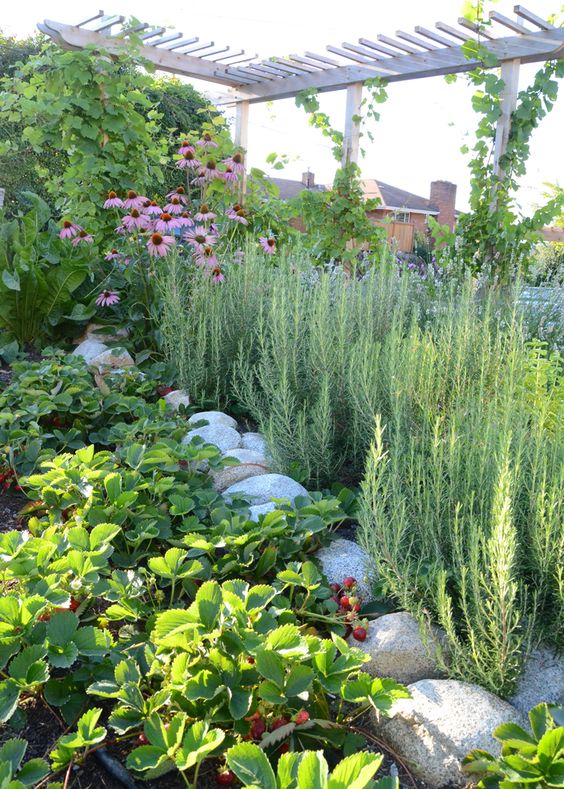

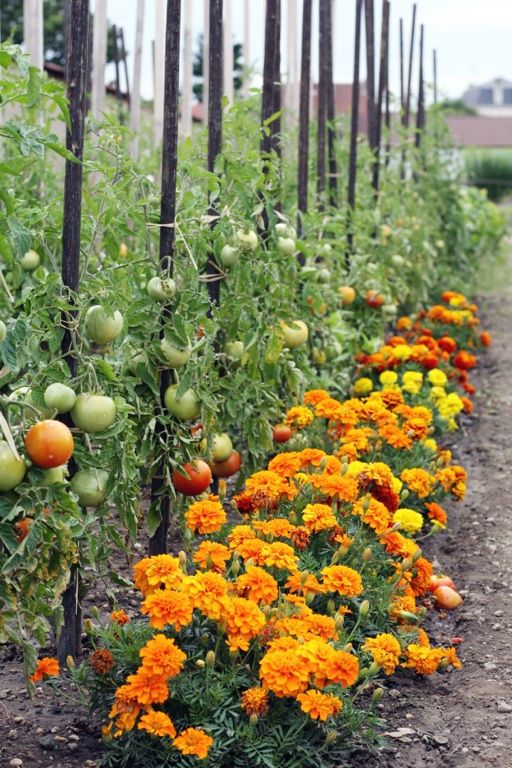
By focusing on these ten essential steps, you can create an eco-friendly garden that not only showcases nature’s beauty but also contributes positively to the environment. Embrace these practices, and your garden will be a flourishing testament to your commitment to sustainability and biodiversity.